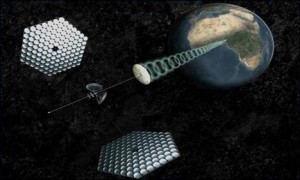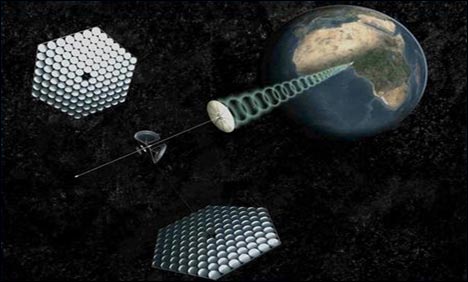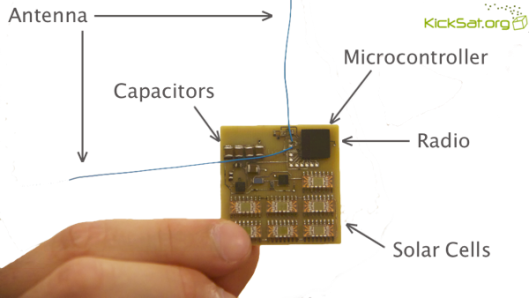
Pssst, do you wanna buy a satellite? No, really – do you? Well, Zac Manchester would like to sell you one. Not only that, but he claims that the thing could be built and launched into orbit for just a few hundred dollars. For that price, however, you’re not going to be getting a big satellite. Manchester’s Sprite spacecraft are actually about the size of a couple of postage stamps, but they have tiny versions of all the basic equipment that the big ones have.
Zac is a graduate student in Aerospace Engineering at Cornell University, and was part of the team that originally designed the Sprites for use as space probes – the idea being that they could travel on solar winds, like cosmic dust, traveling deep into space without the need for fuel. Three of the one-square-inch spacecraft were delivered to the International Space Station this May, to see how they how well they could stand up to the rigors of outer space. They are currently still mounted on the outside of the station, and are due to be brought back to Earth in a couple of years.
(more…)
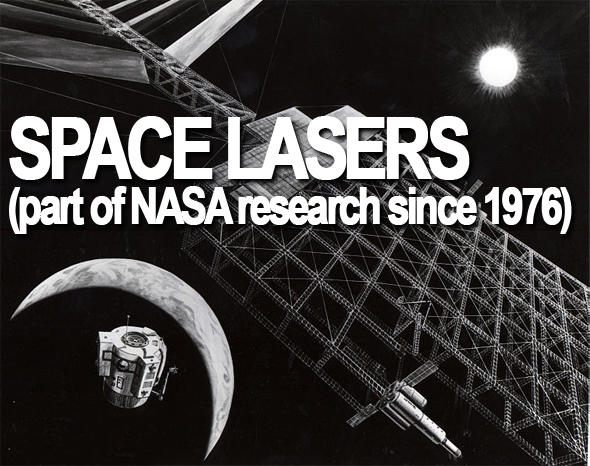
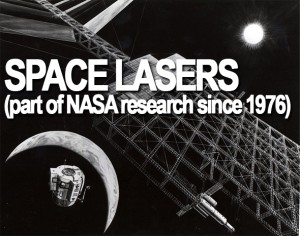
 Follow
Follow